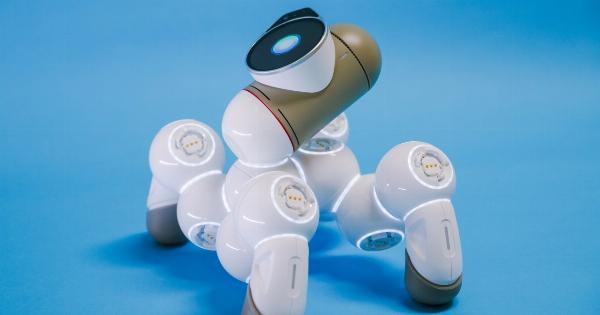A cholecystectomy, the surgical removal of the gallbladder, is a common surgical procedure. There are two types of cholecystectomies, laparoscopic and open.
Laparoscopy involves several small incisions and the use of a camera to guide removal of the gallbladder. Open surgery requires a larger incision and may be necessary in more complicated cases. This article offers tips and tricks for surgeons performing cholecystectomies.
Tip #1: Use the Fundus-First Technique
The fundus-first technique involves beginning the dissection of the gallbladder at the fundus (top portion) and moving downward. This technique reduces the likelihood of bile spillage and allows for better visualization of the cystic duct and artery.
The cystic duct and artery can then be clipped and divided before the gallbladder is removed.
Tip #2: Take Note of Anatomic Variants
Anatomic variations may exist in the biliary tree and cystic duct. Surgeries may become more complicated if these variations are not noted beforehand. Take note of any variants and prepare for how to approach them during the surgery.
Tip #3: Use Traction and Counter-Traction
Traction and counter-traction can be useful tools to enhance visualization during surgery. The surgeon can use traction to move organs out of the way while providing counter-traction to steady the tissue being removed.
This technique can avoid damaging surrounding tissue during dissection.
Tip #4: Stay Diligent During Dissection
Dissection can be a challenging part of the cholecystectomy. It is essential to stay focused and diligent during the entire procedure. Take extra care to avoid damage to surrounding structures such as the common bile duct or vascular structures.
Tip #5: Consider Using Intraoperative Cholangiography
Intraoperative cholangiography, the use of a dye to visualize the bile ducts, can be helpful in identifying biliary anatomy and detecting any ductal stones or injuries. This technique can reduce the risk of ductal injury during dissection.
Tip #6: Be Mindful of Bleeding
Bleeding can be a complication during the cholecystectomy. It is important to identify and control bleeding points quickly during the surgery.
Proper preparation, including obtaining the necessary equipment and instruments, can help reduce the risk of bleeding complications. Additionally, staying calm and composed can help the surgeon quickly identify and address any bleeding issues.
Tip #7: Be Aware of Patient Positioning
The patient’s positioning can affect the ease of the cholecystectomy. Positioning the patient with a slight left tilt can increase the visualization of the liver bed and decrease the risk of bile spillage.
Additionally, the Trendelenburg position can be helpful in keeping organs away from the surgical site.
Tip #8: Consider Using Harmonic Scalpel
A harmonic scalpel is a surgical tool that uses ultrasonic vibrations to make precise cuts in tissue.
This tool can be especially useful during the dissection phase of the cholecystectomy, reducing the risk of damaging surrounding tissue and structures.
Tip #9: Practice Good Communication
A successful cholecystectomy relies on good communication between the surgeon and the surgical team. Establish clear communication regarding the location of instruments and incisions.
Additionally, encourage all team members to speak up if they notice any potential issues during the procedure.
Tip #10: Be Prepared for Complications
Complications during the cholecystectomy can happen, even with the most experienced surgeon. Be prepared for any potential complications and have an action plan in place to address them.
This may include having emergency equipment and supplies readily available or having a backup surgical plan in place.































